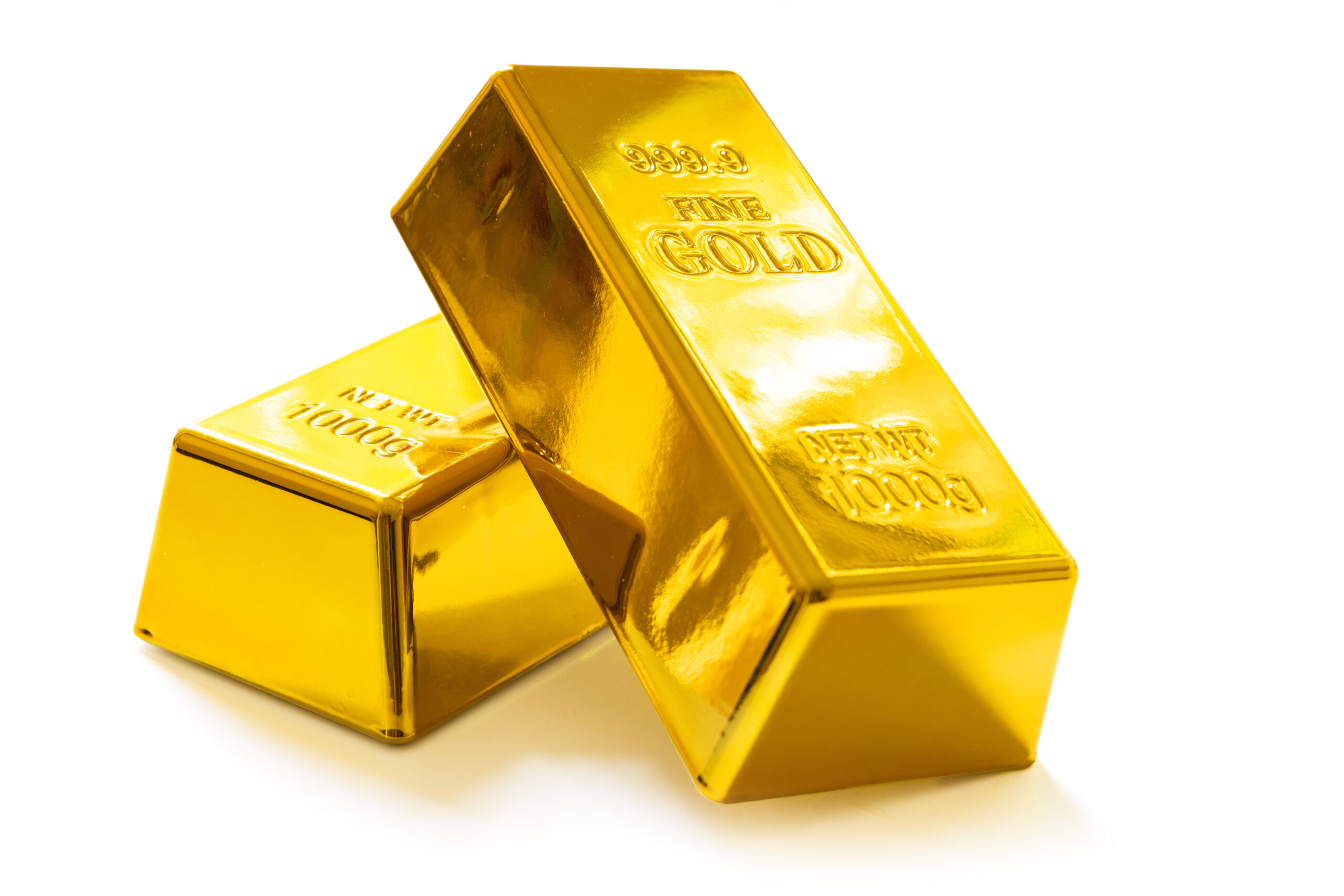What Are the Different Types of Gold Bullion Available to Investors & Collectors?
Investing in gold bullion is a popular choice for both seasoned investors and beginning collectors. With its long history as a store of value and a hedge against inflation and economic uncertainties, gold has been cherished for its intrinsic worth and durability for centuries. If you’re interested in adding gold bullion to your investment portfolio or expanding your precious metals collection, it’s essential to understand the different types of gold bullion available to investors and collectors. Below, the experts from First National Bullion, the gold dealers Scottsdale collectors trust for outstanding service and industry knowledge, explore some of the most common types of gold bullion that are available.
Gold Bars
Gold bars are one of the most popular and traditional forms of gold bullion. They’re usually rectangular in shape and stamped with the weight, purity, and manufacturer’s name or logo. Gold bars can range in size from 1 gram to 400 ounces, but the most common sizes are 1 ounce, 10 ounce, and 1 kilogram. Gold bars have a high purity of at least 99.5 percent, which means they contain very little or no other metals.
The main advantage of gold bars is that they offer a low premium over the spot price of gold, which is the current market price for one ounce of gold. This means gold bars are relatively cheap and easy to buy and sell. Another advantage is that gold bars are easy to store and transport, as they can be stacked and fit in standard-sized safes or vaults. They’re typically sealed in tamper-proof packaging, making them a popular choice among serious gold investors.
Gold Coins
Gold coins are another common form of gold bullion. They’re circular in shape and usually feature an image of a national symbol, leader, or historical figure on one side and a denomination or value on the other side. Examples of popular gold coins include the American Gold Eagle, Canadian Gold Maple Leaf, South African Krugerrand, and Chinese Gold Panda. Gold coins can vary in size from 1/20 ounce to 1 ounce, but the most common sizes are 1/10 ounce, 1/4 ounce, and 1/2 ounce. Gold coins have a high purity of at least 90 percent, which means they contain some other metals such as copper or silver to increase their durability and resistance to wear and tear.
Compared to gold bars, gold coins often carry a higher premium over the spot price of gold due to their craftsmanship, limited mintage, and numismatic value, which refers to the additional value a coin may have due to its rarity, historical significance, or condition. Gold coins aren’t only valued for their gold content but also for their aesthetic appeal and historical significance, making them a unique combination of precious metal investment and collectible item. They also offer high liquidity, which means they’re easy to convert into cash or other assets.
Gold Rounds
Gold rounds, also known as gold medallions or gold discs, are privately minted gold bullion coins that don’t have any legal tender status. They’re typically produced by private mints and come in various weights and designs, similar to gold coins. However, unlike government-issued coins, gold rounds don’t carry the same premium associated with numismatic value, making them a more cost-effective option for investors who prioritize the gold content over collectibility. Gold rounds are often minted with simple designs, and they’re usually stamped with the weight, purity, and sometimes a unique logo or design for identification.
Gold rounds can be a practical choice for investors seeking to buy gold bullion at lower premiums while still enjoying the benefits of owning physical gold. They’re also easy to store and transport, and they’re attractive and collectible because of their diverse and artistic designs.
Gold Jewelry
Gold jewelry has been worn and cherished for its beauty and value for centuries. While jewelry isn’t primarily intended for investment purposes, it can also be considered a form of gold bullion. Gold jewelry comes in various forms, including necklaces, bracelets, earrings, and rings, and is typically made of 14k or 18k gold, which means they’re alloyed with other metals to increase their durability.
When buying gold jewelry for investment purposes, it’s important to consider factors such as craftsmanship, design, and additional costs, such as labor and gemstones, which can affect the overall value of the jewelry. Keep in mind the resale value of gold jewelry may not be solely based on its gold content, as factors such as fashion trends and consumer preferences can also impact its value.
When they’re looking for the best place to buy Scottsdale gold and bullion, precious metals collectors reach out to the trustworthy professionals at First National Bullion. We can answer all your questions and help you find all the information you need on how precious metals can be a valuable part of your portfolio. Give one of our experienced dealers a call today at 480-546-5089.
The statements made in this blog are opinions, and past performance is not indicative of future returns. Precious metals, like all investments, carry risk. Precious metals and coins may appreciate, depreciate, or stay the same in cash value depending on a variety of factors. First National Bullion does not guarantee, and its website and employees make no representation, that any metals for sale will appreciate sufficiently to earn the customers a profit. The decision to buy, sell, or borrow precious metals and which precious metals to purchase, borrow, or sell are made at the customer’s sole discretion.


